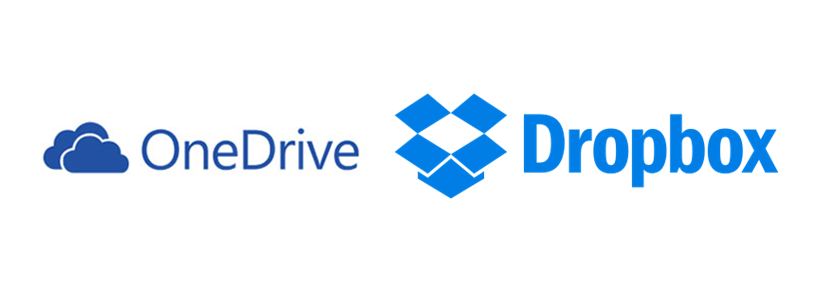Microsoft, Dropbox Partnership: Companies Combine Strengths to Address Users' Mobile File Storage, Editing Concerns

Dropbox has been a keen rival of Microsoft in the pursuit of online file storage domination. It then comes as a surprise to many supporters to find out that Microsoft and Dropbox have turned away from their rivalry to focus instead on using their combined strength to more effectively address the file storage and editing concerns of their users.
By making interconnectivity between their respective mobile services possible, the days when mobile users were limited on what they could do with digital file storage and manipulation are soon to become history.
While iPad and iPhone users could only digitally save and share their Microsoft Office created and edited files to "OneDrive," it's now possible to click a "save to Dropbox" button and have their files stored to Dropbox.
On the other hand, if you use Dropbox to store and share your Microsoft Office files (such as documents and Powerpoint presentations), you can now edit those files directly in Dropbox. This is only possible, however, if a user subscribes to Office 365, starting at $70 per year (using only one computer and one tablet).
The integration is actually a very smart business move as it weakens their other rivals (e.g., Box) and puts the focus on the better services they can offer in tandem to users.
Dropbox is an impressive and robust digital file storage company with almost 300 million users. On the other hand, while Microsoft has not been as successful in file storage with its OneDrive, it's still the giant to beat as far as office or productivity apps are concerned. This is true despite the fact that there are other freeware mobile apps with functions and characteristics similar to that of Microsoft Office.
Of greater interest is how Dropbox has been leveling up its focus to move from a purely B2C market to include that of the B2B. Microsoft has been strong on both the business-to-consumer and business-to-business fields for a long time. That being the case, it makes perfect sense for both of them to work together to make their users—whether on the consumer or business level—happy. After all, when users are happy, the business outlook stays rosy.





